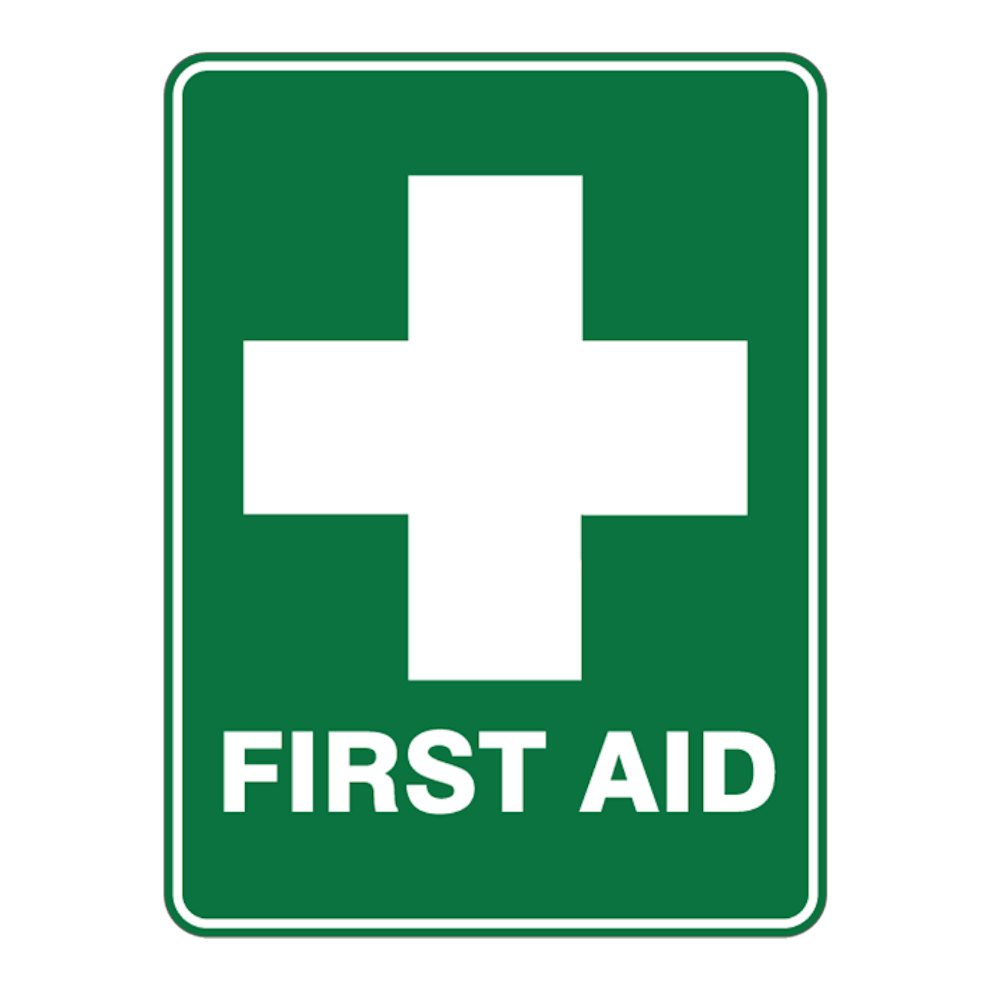Monthly Archives: August 2017
-
31 AugRead more »
Interesting read from Kinesio the worlds leading kinesiology tape -
Osteomyologist and Sports Therapist Nicola Delglyn has been playing a major part in the recent success of British American Football team the Bury Saints, which has seen the club go from training at Nowton Park; a local recreational area shared with dog walkers and joggers, to promotion to the Premier Division in the British American Football League……
To read the rest of the article click on the link below:
-
29 AugRead more »
What is Atrial Fibrillation (Afib)?
Atrial fibrillation (Afib) is the most common cardiac arrhythmia. It affects over one percent of the general population and is related to 20 % of all strokes. Afib-related strokes are more severe than those not related to Afib; associated with an increased likelihood of permanent disability and greater short-and long-term mortality. Costs of Afib-related strokes could be at least € 10 billion in Europe and $ 5 billion in the US each year causing a major burden to healthcare.
-
29 AugRead more »
Who is responsible for managing safety, health and welfare in our school?
The Board of Management is responsible for managing safety, health and welfare in the school. All members of the school community, including, teachers, special needs assistants, ancillary staff, students, parents and visitors have a role to play in securing their own safety, health and welfare and that of others.
How does the Board of Management begin the process of managing safety, health and welfare more effectively using the Guidelines?
The Board of Management might consider taking the following steps:
1- Decide who will lead the process on behalf of the Board. This could be the principal or the deputy principal, or an employee or member of the Board appointed to act as a Safety, Health and Welfare Officer or a Safety, Health and Welfare Committee.
2 - This person or group reads The Guidelines. To begin they might consider the following approach:
• Look at the Foreword, Contents and Introduction to Part 1.
• Look at the list of what a Safety Statement should contain on page 46 of Part 1.
• Look at some sample Risk Assessment Templates from Part 2.
• Examine the Sample Planner on page 4 of Part 2
• If specific questions arise at this stage, you might locate the answers to them in the F.A.Q. section from pages 39 to 53 of Part 1.
• Once you have a sense of the structure of the Guidelines, it would be important to read through all of Part 1 with a particular focus on the Five Steps of the Safety, Health and Welfare Management System from pages 15 to 37.



